
1 THE BRITISH EXPEDITIONARY FORCE WAS DEFEATED DUE TO ITS SIZE - NOT ITS EQUIPMENT
Britain in the early years of World War II has often been perceived to have been full of Blimpish commanders, out-of-date equipment and antiquated, stuckin-the-mud tactics.
In fact, the British Army's equipment in 1940 was certainly a match for that of the Germans. The Bren light machine gun did not have the rate of fire of the German MG 34, but was solid, accurate and more dependable than its far friskier German rival. Meanwhile, the new British uniforms were the most modern in the world at the time, and unlike anything any soldier had worn before.
The British Expeditionary Force (BEF) was also entirely mechanised, which was certainly not the case for the German Army. In fact, of the 135 German divisions used in the attack in the west, only 16 were mechanised; the other 119 used horses and their soldiers' own two feet. British tanks were mostly superior to those of the German Army too, and while they had not invested as heavily in radio as the Germans, the BEF still had proportionally more radio sets than the French.
The reason for defeat in France in 1940 was not a failure in equipment, tactics or training, but the BEF's small size: just 10 divisions. This meant they could only ever play a supporting role in the action. When Belgian and French forces on their flanks collapsed, the BEF had no choice but to fall back in line with their allies. For Britain, an island nation with a large seaborne empire, the Royal Navy was the senior service. Prewar rearmament had sensibly focused on naval and air power. After all, France was an ally with a vast army. The idea was that Britain would take the lead at sea, France on land, and both would contribute to air power.
2 THERE WERE NO TELEPHONES AT FRENCH ARMY HEADQUARTERS
Denne historien er fra October 2022-utgaven av History Revealed.
Start din 7-dagers gratis prøveperiode på Magzter GOLD for å få tilgang til tusenvis av utvalgte premiumhistorier og 9000+ magasiner og aviser.
Allerede abonnent ? Logg på
Denne historien er fra October 2022-utgaven av History Revealed.
Start din 7-dagers gratis prøveperiode på Magzter GOLD for å få tilgang til tusenvis av utvalgte premiumhistorier og 9000+ magasiner og aviser.
Allerede abonnent? Logg på
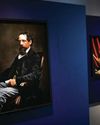
'Dickens's evocation of the fears, excitement and confusion of childhood is peerless'
DR LEE JACKSON ON WHY CHARLES DICKENS REMAINS RELEVANT TODAY
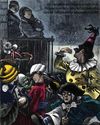
THE AUTHOR GOES ABROAD
Dickens expanded his horizons and boosted his fan-base by venturing overseas - but global fame came with a cost
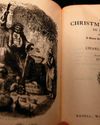
REVIVING THE FESTIVE SPIRIT
A Christmas Carol wasn't just a bestseller - it changed the way that Britons chose to mark the festive season

GIVING THE POOR A VOICE
From Hard Times to Oliver Twist, Charles Dickens used his pen to help illuminate the lives of the less fortunate
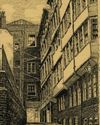
A JOURNEY THROUGH DICKENS'S LONDON
The works of Charles Dickens are synonymous with visions of Victorian London. We talk to Dr Lee Jackson about the author's love of the capital, and the locations that most inspired him
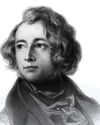
EXCEEDING EXPECTATIONS
Dr Lee Jackson chronicles Charles Dickens's journey from down-at-luck teenager to titan of Victorian literature
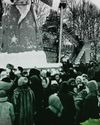
GIFTS, TREES & FEASTING
We take a journey through the photo archives to reveal how Christmas and its many traditions have been celebrated over the years - and around the world
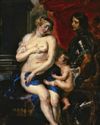
WHAT GREAT PAINTINGS SAY
We explore the story behind an allegorical painting that celebrates the triumph of love over hate, peace over war
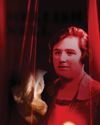
HELLISH NELL
Malcolm Gaskill delves into the life of Helen Duncan - the fraudulent Scottish medium whose ectoplasm-filled seances saw her ending up on the wrong side of the law

7 THINGS YOU (PROBABLY) DIDN'T KNOW ABOUT THE WHITE HOUSE
Presidential historian Dr Lindsay M Chervinsky reveals some of the most surprising facts about the world-famous US residence